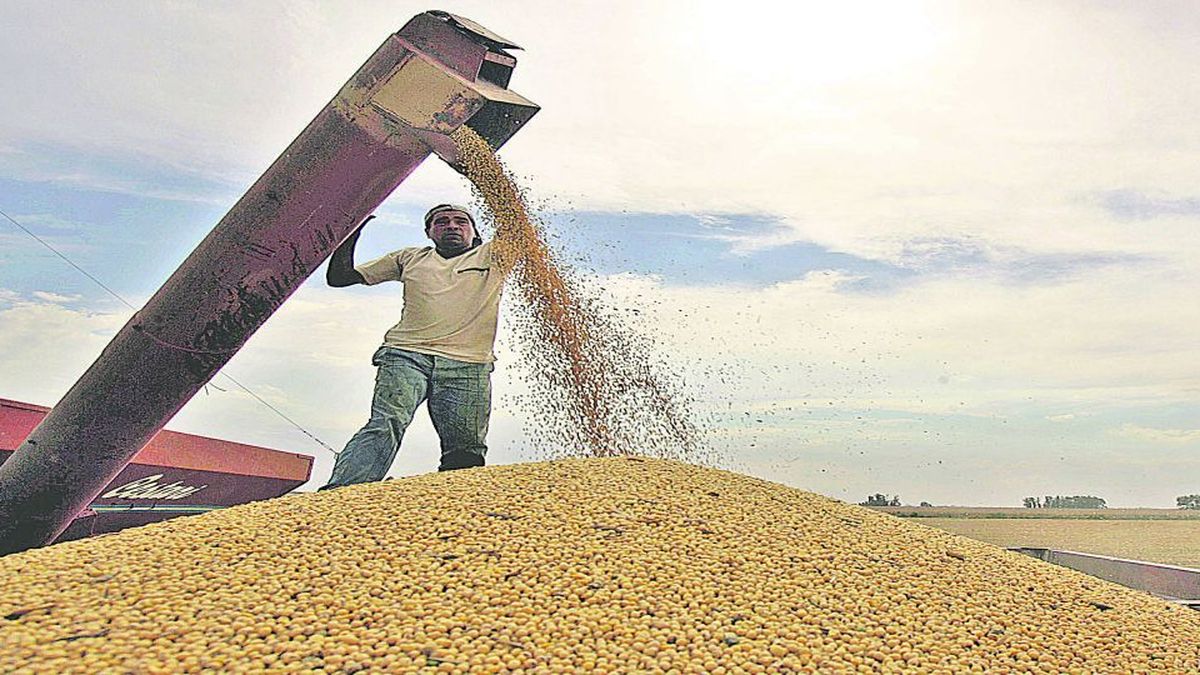“It was a day that did not get good signals from the global financial market and amid fears of recession in the United States and the European Union, which invite speculators to liquidate positions and withdraw profits, the persistent devaluation of the real against the dollar (the parity is today at 5.4 reais per dollar, against 4.8 at the beginning of June) the competitiveness of Brazilian exports continues to improve, to the detriment of the United States. This, while Chinese demand continues to operate very calmly”, they explain from the Granar brokerage.
Meanwhile, the price of soybean oil sank 7.85%, losing US$113.76 compared to the day before and ending the round at US$1,344.22 per ton. This sharp decline was due to “Indonesia’s decision to increase the export quota for palm oil to reduce the important domestic stocks”, increasing the supply of the by-product in the vegetable oil market, Granar said.
Also contributing to the downward trend in prices was the improvement in the weather outlook in the Midwest of the United States, after the rains recorded during the week, and due to the possibility of more rainfall in the coming days, which will improve the soil water balance and plant condition. In this framework, heSoybean meal also ended trading lower, down 1.5% (US$7.61) to settle at US$499.12 per ton.
These strong declines also occur in a complex local context in which agricultural producers slow down sales of soybeans for the 2022 harvest and some 24 million tons of a campaign estimated at just over 43 million still remain to be marketed. Thus, with the increase in the gap between the official dollar and the parallel ones, added to the economic uncertainty and the fall in prices, a greater retraction of sales is expected for the coming weeks, thus cutting the estimated foreign exchange income for July around US$3.5 billion.
For its part, the price of wheat also continued in sharp decline in Chicago and closed below US$300 per ton. The cereal fell 4.51% (US$13.78) and stood at US$291.65 per tondue to the steady progress of the harvest in the northern hemisphere and the entry of merchandise into the world circuit, despite the fact that demand remains active with new purchases of US grain from Egypt.
Another piece of data that is not at all encouraging considering that Argentina is in the midst of sowing wheat with complicated humidity conditions that could even cut the estimates of the harvest that today stands at around 19 million tons.
Finally, corn lost 2.45% (US$7.28) and closed at US$289.75 a ton, continuing the trend of soybeans and wheat. In this case, as a point in favor, cereal sales are very advanced by producers, but in any way these values are consolidated, a retraction in foreign currency income is expected in the medium term.
It is still premature to risk scenarios, but the truth is that today the commodity market is showing more signs of decline than of recovery, and this could become another headache for the local economy in the short term.
Source: Ambito
David William is a talented author who has made a name for himself in the world of writing. He is a professional author who writes on a wide range of topics, from general interest to opinion news. David is currently working as a writer at 24 hours worlds where he brings his unique perspective and in-depth research to his articles, making them both informative and engaging.




